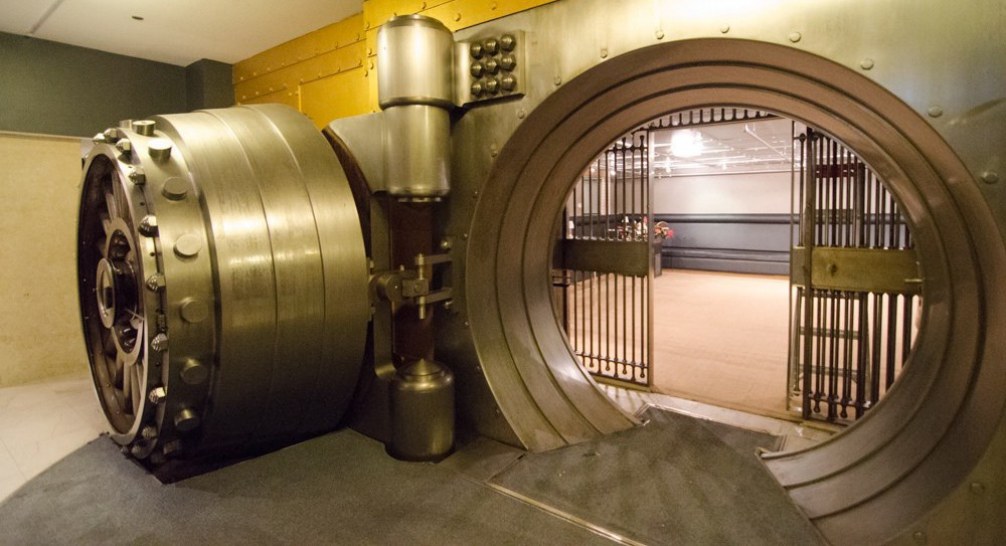Banking Panics and Liquidity in a Monetary Economy

When a banking panic occurs, the central bank usually provides liquidity to help rescue the private banks that are in serious need of cash. Although the lender of last resort should certainly mitigate the ex post costs associated with banking panics, it may not achieve its goal without distorting other aspects of economic activities. One major concern is that the ex post liquidity provision may in turn reduce the banks’ ex ante incentive to hold liquid assets. In that case, such a central bank policy distorts the private banks’ investment decision over assets with different returns and different liquidity, and induces them to invest in risky assets in the first place.
Investigating the consequence of the above policy issue requires an understanding of the role played by assets with different liquidity during the time of banking crises and panics. As a first step toward this goal, this paper studies banks’ liquidity provision in a model of monetary exchanges. We show that with aggregate uncertainty, banks sometimes exhaust their cash reserves and fail to satisfy their depositors’ need for consumption smoothing. The banking panics can be eliminated by the zero-interest policy for the perfect risk sharing, but the first-best can be achieved only at the “Friedman Rule”. In our monetary equilibrium, the probability of banking panics is endogenous and increases with inflation, as is consistent with empirical evidence. The model derives a rich array of non-trivial effects of inflation on the equilibrium deposit and the bank’s portfolio.